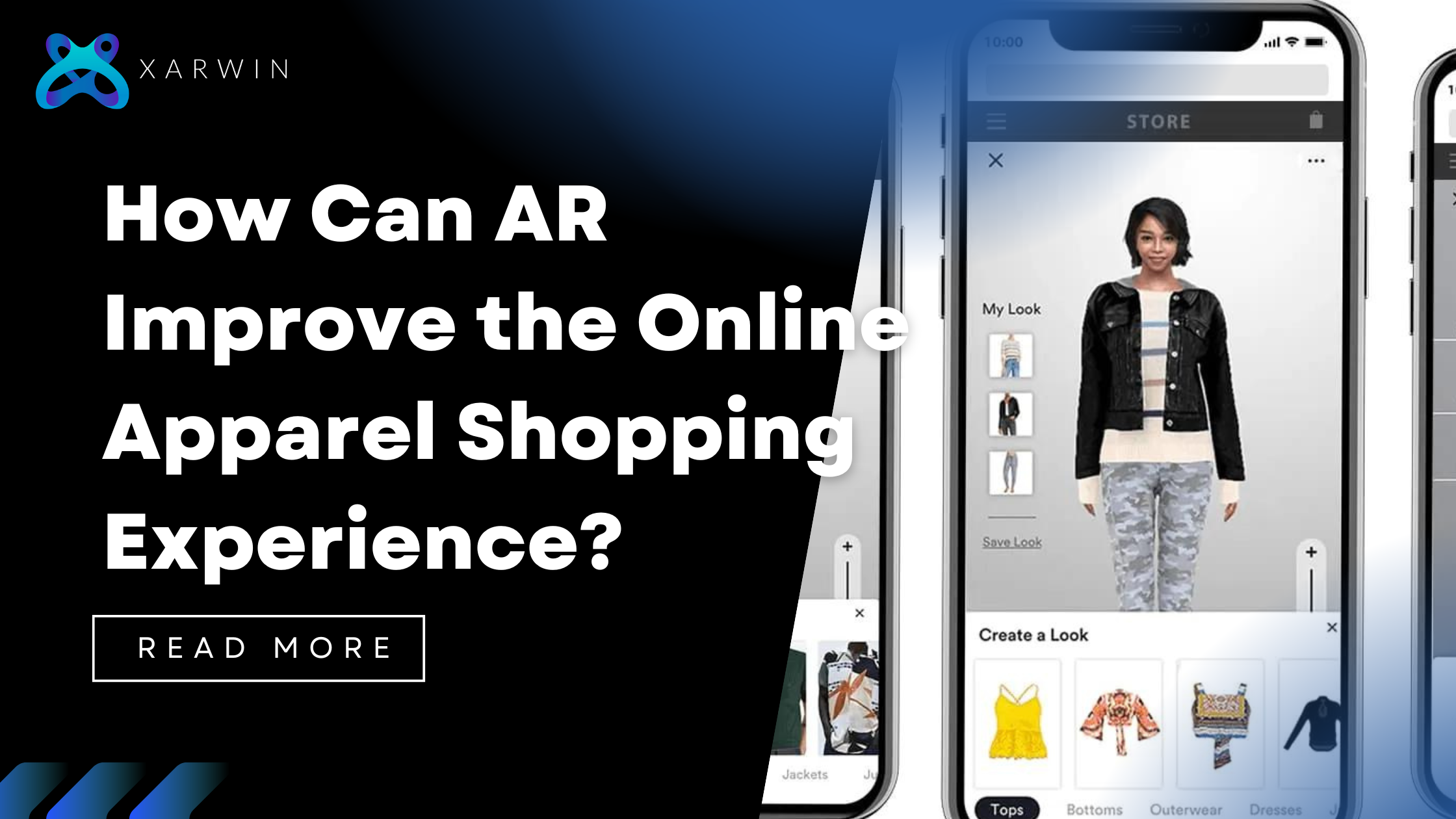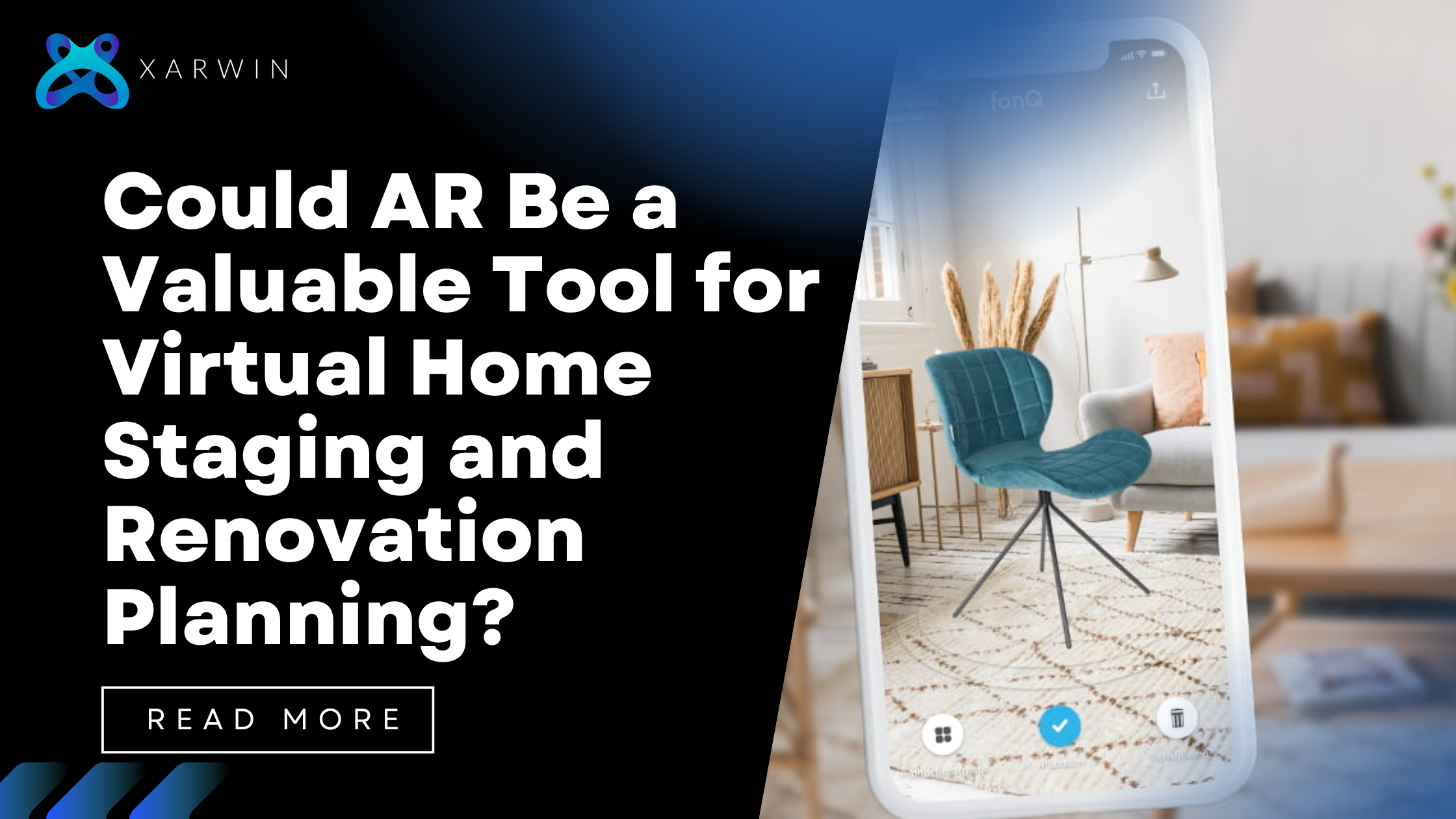Augmented reality (AR) technology, which seems to be a good step to overcome recent difficulties, has gained popularity as a more realistic and interactive method of shopping. Here, we will discuss the impact of AR as an upgrade to online clothing shopping and a powerful tool that will change the way consumers shop for clothes.
The Challenges of Online Apparel Shopping:
Online clothing shopping can pose some problems that physical shops don’t encounter. A consumer might hesitate to purchase due to the inability to physically try on the clothes before parting with money. Such an inability to truly feel, touch, and inspect the size, colour, style, and overall comfort can make the shopper sceptical about purchasing, resulting in a high return rate and unsatisfactory service. Additionally, the static nature of photographs and product descriptions often fails to authentically bring the textures, colours, and quality of garments to life, making it difficult to assess these aspects accurately.
How AR Can Improve the Online Apparel Shopping Experience:
1. Virtual Try-On:
One of the most significant advantages of AR in online apparel shopping is its ability to offer virtual try-on experiences. AR applications allow users to visualise how clothing items will look on them in real time, using their device’s camera. By overlaying virtual garments onto the user’s body, AR enables shoppers to see how different styles, sizes, and colours fit before making a purchase. This virtual try-on experience bridges the gap between online and offline shopping, providing consumers with confidence in their purchasing decisions.
2. Accurate Sizing:
Another benefit of AR technology is its potential to provide accurate sizing recommendations. By analysing body measurements and dimensions, AR systems can suggest the most appropriate size for each clothing item, reducing the likelihood of ordering the wrong size. This feature not only enhances the overall shopping experience but also minimises the need for returns and exchanges, leading to increased customer satisfaction and loyalty.
3. Interactive Product Visualisation:
AR enables interactive product visualisation, allowing users to explore clothing items from different angles and perspectives. By manipulating virtual models or avatars, shoppers can examine the details, textures, and finishes of garments more closely, simulating the in-store browsing experience. This interactivity enhances engagement and facilitates informed decision-making, leading to higher conversion rates and fewer abandoned carts.
4. Personalised Styling Recommendations:
Leveraging data analytics and machine learning algorithms, AR platforms can offer personalised styling recommendations based on user preferences, browsing history, and past purchases. By analysing individual style preferences and body types, AR systems can curate customised outfits and ensembles tailored to each shopper’s unique taste and preferences. This personalised approach enhances the relevance and effectiveness of product recommendations, increasing the likelihood of successful purchases.
5. Enhanced Brand Engagement:
AR technology offers brands and retailers an opportunity to create immersive and memorable shopping experiences that differentiate them from competitors. By integrating AR features into their online platforms, brands can engage consumers in interactive storytelling, product demonstrations, and virtual fashion shows. This enhanced brand engagement fosters brand loyalty and affinity, driving repeat purchases and customer advocacy.
Case Studies: Real-World Applications of AR in Online Apparel Shopping:
1. Warby Parker’s Virtual Try-On: Warby Parker, a popular eyewear retailer, introduced a virtual try-on feature that allows customers to try on glasses virtually using their smartphone camera. This AR-powered experience enables users to see how different frames look on their faces before making a purchase, reducing the uncertainty associated with buying eyewear online.
2. ASOS’ Virtual Catwalk: ASOS, a leading online fashion retailer, launched an AR feature called “Virtual Catwalk” that allows users to see models wearing selected outfits in a virtual environment. By leveraging AR technology, ASOS enhances the online shopping experience, enabling customers to visualize how clothing items move and fit in real-time, similar to a traditional catwalk.
3. Nike’s AR Sneaker Try-On: Nike introduced an AR-powered sneaker try-on experience that allows users to see how different Nike sneakers look on their feet using their smartphone camera. This feature enables customers to explore various styles, colors, and designs before making a purchase, enhancing confidence and satisfaction.
Challenges and Future Directions:
While AR holds tremendous promise for improving the online apparel shopping experience, several challenges remain. Technical limitations, such as the accuracy of virtual try-on and the integration of AR into existing e-commerce platforms, need to be addressed to maximise its effectiveness. Furthermore, broader adoption of AR technology and consumer education are essential for driving widespread acceptance and usage.
Looking ahead, the future of online apparel shopping is undeniably intertwined with augmented reality. As AR technology continues to evolve and mature, we can expect to see more innovative applications and seamless integration into the e-commerce ecosystem. From virtual try-on experiences to personalised styling recommendations, AR has the potential to revolutionise the way consumers shop for clothing online, offering a more immersive, interactive, and enjoyable shopping experience.
Conclusion:
Augmented reality is poised to transform the online apparel shopping experience, addressing key challenges such as fit, style, and visualisation. By offering virtual try-on experiences, accurate sizing recommendations, interactive product visualization, personalized styling recommendations, and enhanced brand engagement, AR technology enhances the overall shopping experience and drives customer satisfaction and loyalty.
As brands and retailers continue to embrace AR and integrate it into their online platforms, we can expect to see a shift towards more immersive, interactive, and personalized shopping experiences that blur the line between online and offline retail. With AR leading the way, the future of online apparel shopping looks brighter and more engaging than ever before.
As a trailblazer in augmented reality (AR), Xarwin combines innovation with a user-centric approach to redefine industry standards. Its team of expert engineers, designers, and strategists excels in crafting immersive AR experiences across various sectors. With each project, the company not only meets current demands but also shapes future trends, establishing itself as a leading force in the AR landscape.





